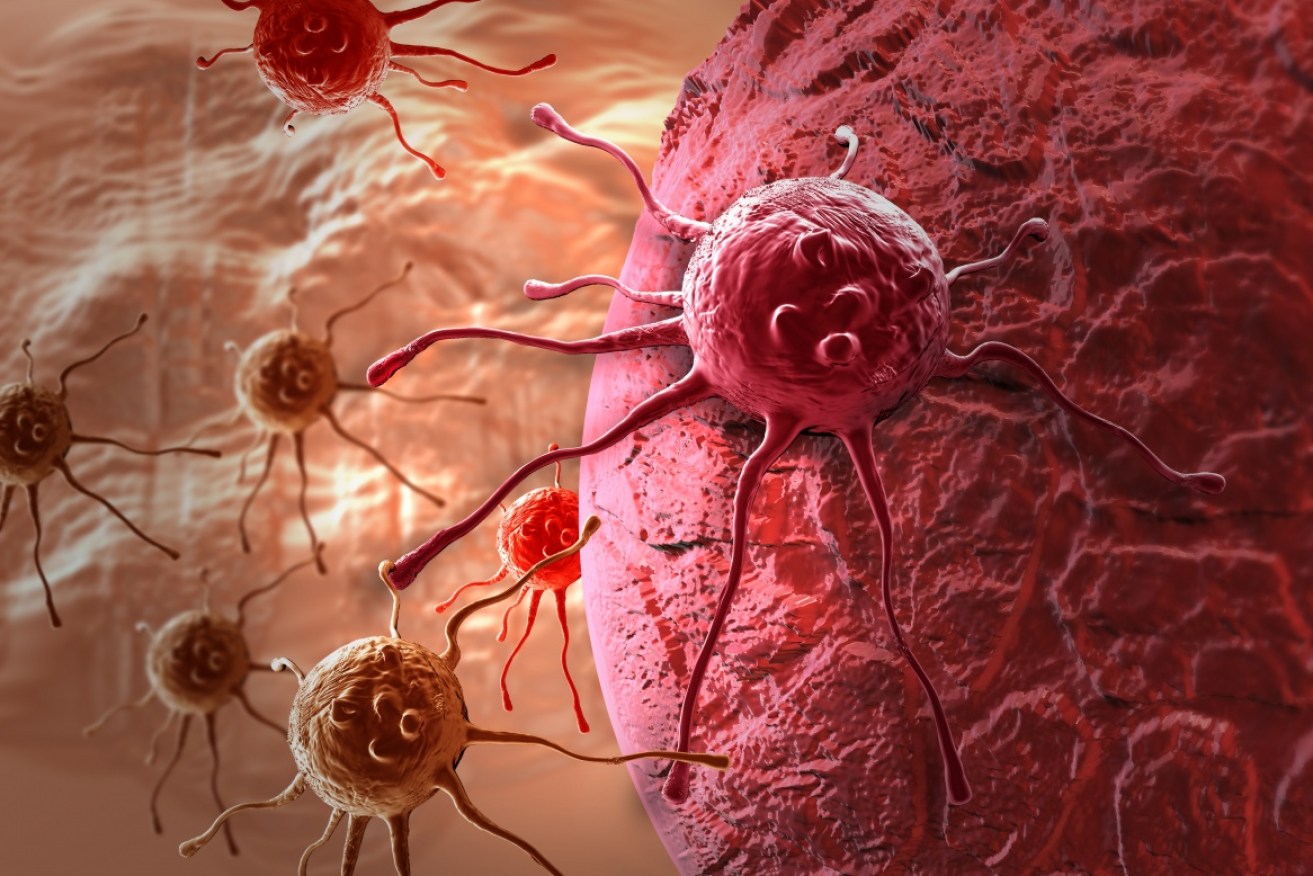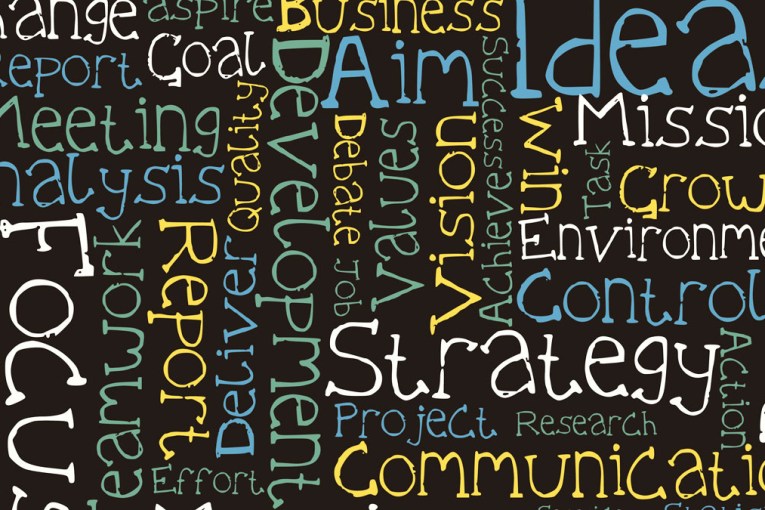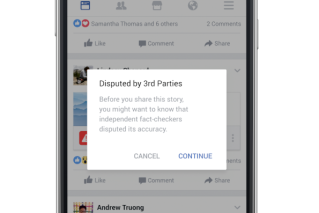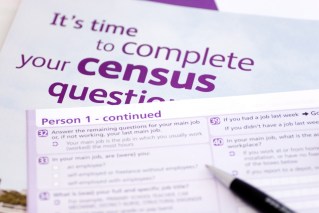We all know the side effects of a big night on the booze are not limited to a pounding headache.
Drink and drive and you’re a bloody idiot. Binge drinking kills brain cells. Getting on the lagers too often will ruin your liver. You’ve heard it all before.
• Tipples to boost wellbeing
• Grog more popular than groceries online
But almost one in two Australians may not know that their favourite alcoholic beverage could give them cancer, a study has revealed.
The study conducted by Monash University researchers and published in August in The International Journal of Drug Policy surveyed 2482 adults in New South Wales and found only 47 per cent knew that alcohol is a risk factor for cancer.
Cancer Council Australia CEO Ian Oliver told The New Daily this little-known fact is especially relevant to those with a family history of cancer. You may not be able to control your genes, but you can cut back on booze, he said.
“People need to know about modifiable risk factors like alcohol because if they don’t know about it they don’t get a chance to make a choice,” Professor Oliver said.
“If they knew they already had a stronger chance of getting cancer, they would be looking to see what they could do to reduce it.”
Australians “absolutely” must drink less alcohol or suffer more cancers, he added.
Cancer Council Australia has estimated that 6.5 per cent of all cancers are attributable to alcohol. There is “convincing evidence” that alcohol use increases the risk of common cancers such as bowel for men and breast for women, and “probable” evidence it increases the risk of bowel cancer (in women) and liver cancer.
The Foundation for Alcohol Research and Education reported in July that cancer is the second-highest cause of alcohol-related deaths for both men and women.
In February, the United Nations warned in its World Cancer Report that the global incidence of cancer could increase by 70 per cent in the next 20 years to 25 million cases annually as we drink and smoke more and become more obese.
Are we getting the message?

Alcohol abuse kills millions worldwide each year. Photo: Shutterstock
In 1988, the World Health Organization classified alcohol as a Group 1 carcinogen, which marked a significant shift in the public health approach to the widely popular beverage.
Over the past 50 years, alcohol consumption in Australia peaked between the 1970s and 1980s at a high of 13.1 litres of pure alcohol per person, ABS data shows.
Our drinking habits seem to have calmed down recent years, dropping from 10.8 litres of pure alcohol in 2007 to 9.9 litres in 2013. But we still drink more now than we did in 1963, when average consumption was 9.5 litres per person.

Source: ABS data 2013
“We clearly have some work to do getting that information out there,” Professor Oliver said. “We’re not going to do it with public education alone.”
What can we do?

Ad bans and health warnings are some of the methods being considered to get Aussies to drink less. Photo: Shutterstock
Health warnings on alcohol, higher taxes, and the effectiveness of advertising bans are being further researched by Australian health bodies and universities as possible ways of curbing drinking.
Almost half of participants in the New South Wales survey said they support a ban on alcohol sponsorship in sport. Those who were aware of the link were more supportive of alcohol policies (such as advertising bans), whereas those who didn’t know and those who drank heavily were far more opposed.
Monash University Associate Professor Kerry O’Brien has studied the effects of alcohol advertising in Australia, New Zealand and the UK, and has found that athletes in clubs sponsored by alcohol companies are more likely to drink hazardously.
Using advertising data, Assoc Prof O’Brien has also found that most alcohol advertising on Australia television is broadcast during sport coverage at peak viewing times, exposing children to “huge amounts” of these ads.
“Those who are viewing a lot of alcohol advertising, particularly children, are more likely to drink at high levels later in life,” Assoc Prof O’Brien told The New Daily.
Such hazardous drinking is linked to “everyday harms right through to cardiovascular risks and cancer risks”, he said.









